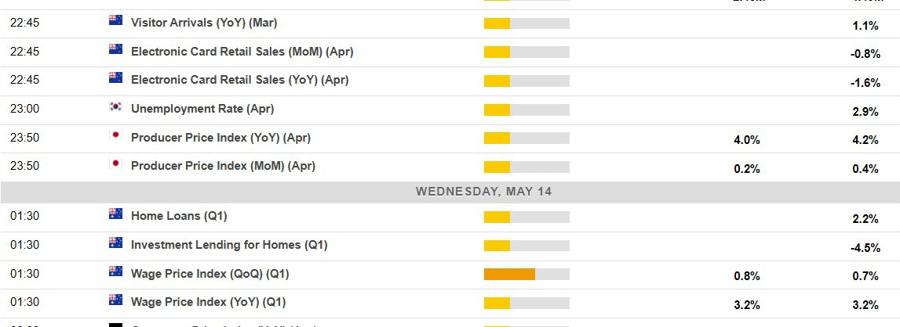How to Use an Economic Calendar to Enhance Your Trading Strategy

Navigating the global markets requires keen insight and timely information. An economic calendar is an essential tool for traders who want to stay ahead of major financial events. This guide will show you how to leverage the economic calendar, interpret its data, and make smarter decisions.
What Is an Economic Calendar?
An economic calendar is a schedule of key financial events, such as interest rate decisions, employment reports, GDP releases, and inflation figures. Traders and investors use these calendars to anticipate market-moving events and plan trades accordingly. By keeping track of scheduled releases across different countries, you can assess potential market volatility and spot trading opportunities.
Why Every Trader Needs One
Markets react instantly to new data. The economic calendar allows you to prepare for high-impact news, manage risk, and time your trades. For instance, wage growth data from Australia or U.S. inflation releases often have significant effects on currency and stock markets. According to TradingView News, wage growth is a key indicator the Reserve Bank of Australia monitors to help guide monetary policy decisions. Understanding the calendar helps you anticipate these market shifts.
Key Events to Watch
Not all economic data has the same impact. Major events such as inflation announcements, central bank meetings, and U.S. job reports tend to influence the markets the most. For a comprehensive look at upcoming global releases—including trade balances, GDP data, and oil inventories—check out this detailed economic calendar breakdown by Kaohoon International. Paying attention to consensus forecasts versus previous results can provide valuable context for the likely market reaction.
How to Integrate the Economic Calendar into Your Strategy
Here are some ways to use the economic calendar effectively:
- Plan Ahead: Review the calendar at the start of every week. Identify events relevant to your trading instruments.
- Set Alerts: Use alerts for high-impact data releases to ensure you don’t miss pivotal moments.
- Combine Analysis: Use calendar insights alongside technical analysis to validate trading decisions.
- Manage Volatility: Avoid trading during uncertain periods unless you are prepared for increased price swings.
Real-World Example
Suppose you’re watching Japanese GDP data. If the consensus expects growth but the release surprises with a downturn, you might see sudden movements in currency pairs like USD/JPY. The economic calendar gives you that edge to anticipate or react quickly.
Conclusion: Stay Informed and Proactive
Incorporating an economic calendar into your routine can transform the way you approach trading. By staying alert to global financial events and understanding their potential impact, you put yourself in a stronger position to make informed decisions. Begin integrating this valuable tool today and take your market analysis to the next level.